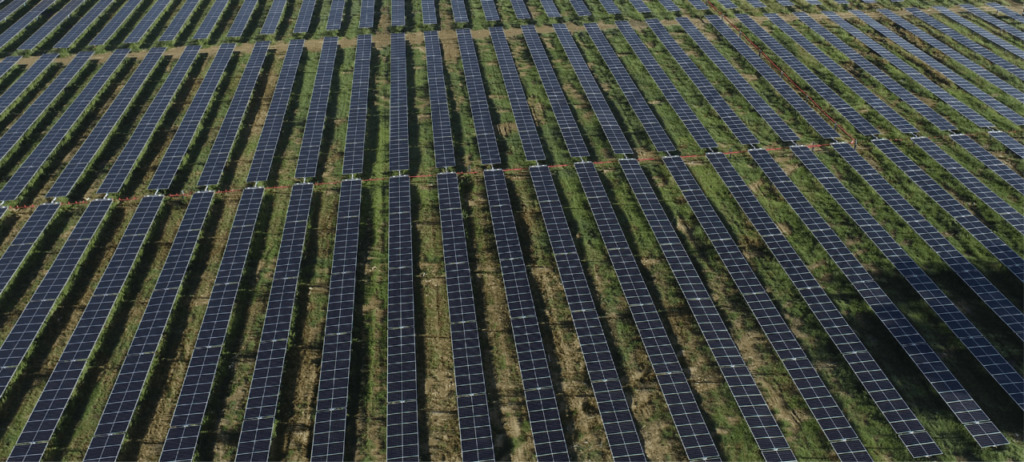Dalian, China, June 26, 2024 – A new World Economic Forum report unveils a roadmap to transform the global building sector, aiming to combat climate change and protect biodiversity. The report suggests that decarbonizing the sector could yield significant economic benefits, presenting a compelling case for early adoption.
Green Building Market Potential
The report, “Towards Green Building Value Chains: China and Beyond,” identifies 11 strategic levers that could unlock over 80% of the sector’s abatement potential. This transition could open a $1.8 trillion market opportunity by 2030. Published in collaboration with Boston Consulting Group, the report highlights the urgency for a holistic green transition in the construction industry.
“Developing materials, designing construction methods, and achieving net-zero carbon outcomes will be the new growth frontier,” said Gim Huay Neo, Managing Director, World Economic Forum. Buildings account for 37% of global CO2 emissions, and urban development contributes to habitat loss for 34% of Earth’s species. With urbanization expected to rise, especially in emerging economies, a comprehensive green transition is essential.
Key Characteristics of Green Buildings
The report outlines four key characteristics for green buildings:
- Net-zero Emissions: Utilizing innovative materials and technologies to minimize whole-life emissions.
- Nature Positive: Enhancing environmental performance by integrating natural elements.
- Resilience: Ensuring buildings withstand extreme weather and climate volatility.
- Well-being Oriented: Promoting physical and mental well-being, community development, and accessibility.
“The building value chain’s complexity requires collaboration among upstream and downstream players,” said Yvonne Zhou, Managing Director at BCG. “Only through this collaboration can the 11 levers be fully unlocked.”
China’s Role in the Green Transition
As the largest building market globally, China has a pivotal role in decarbonizing the industry. The report emphasizes that China’s green transition can create new business opportunities and catalyze global adoption of green building products and services. “China must act quickly to leverage its contribution to greening the global building value chain,” said Wu Yong, President of the China Association of Building Energy Efficiency.
Case Studies and Best Practices
The report includes case studies from various sectors, showcasing best practices from China, the UAE, and Brazil. These examples illustrate successful green building strategies in material production, construction, and operations. The report also highlights policy tools that can be adapted globally.
The findings build on the Net-zero Opportunities of Value-chain Actions (NOVA) project, launched at the World Economic Forum Annual Meeting 2024 in Davos. This project fosters cooperation across key industries to achieve a coordinated net-zero transition in China.
Conclusion
The green building revolution presents a massive market opportunity and a chance to significantly reduce global carbon emissions. By adopting innovative materials, technologies, and collaborative strategies, the building sector can lead the charge toward a sustainable future.
Source:miragenews.com





